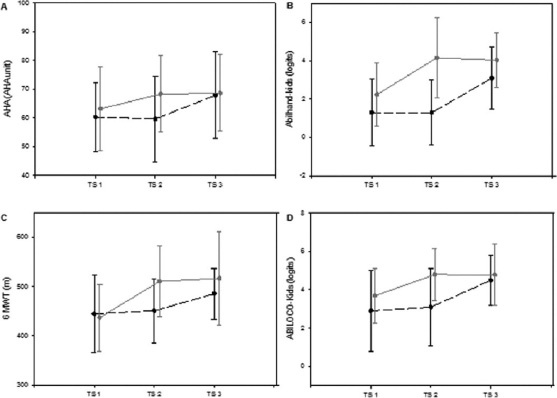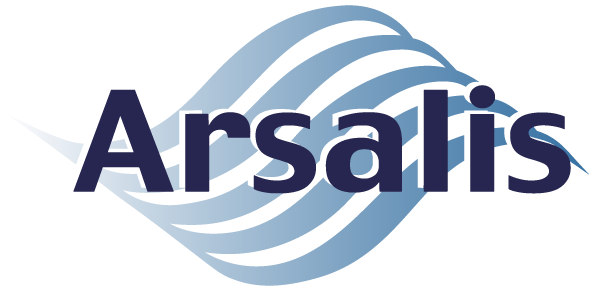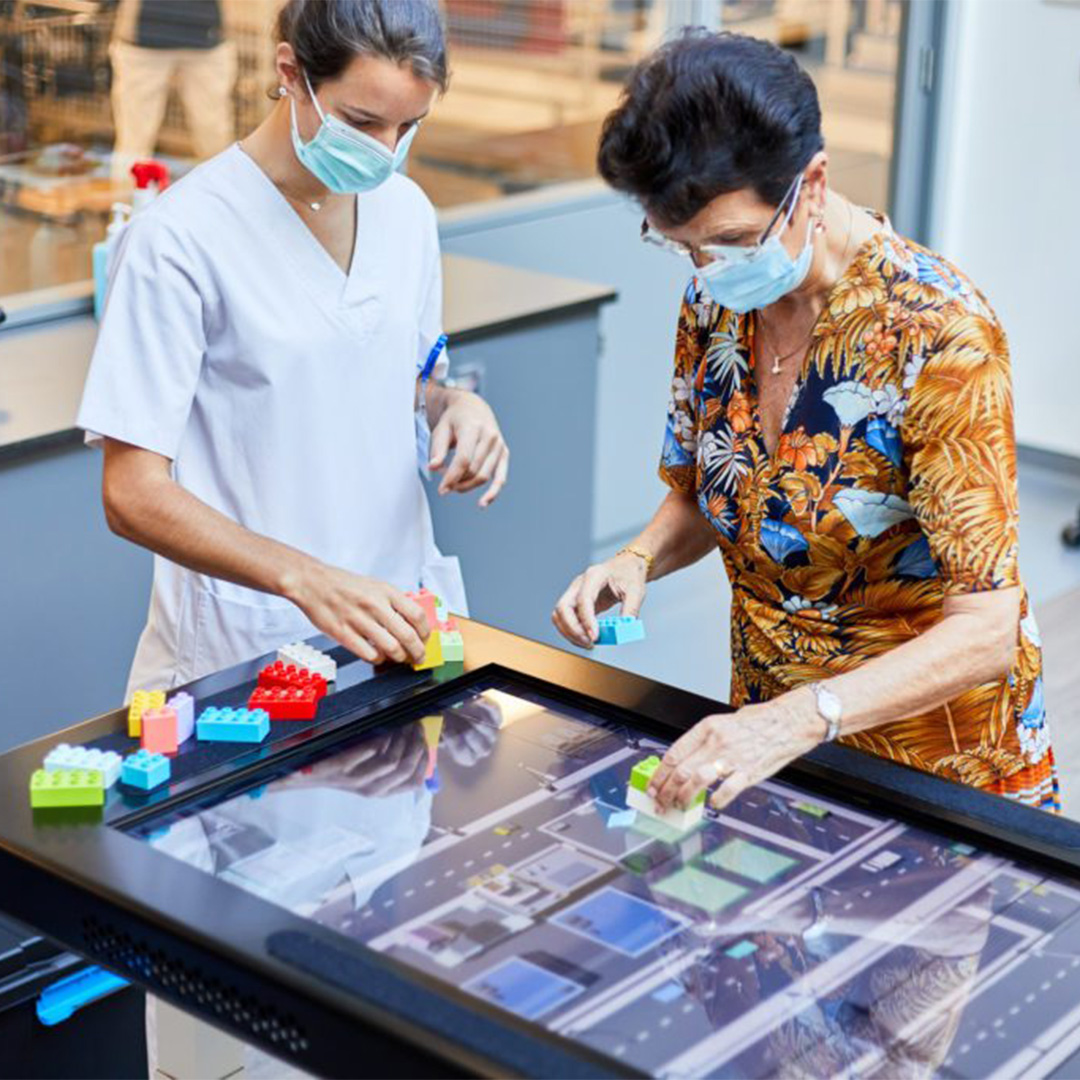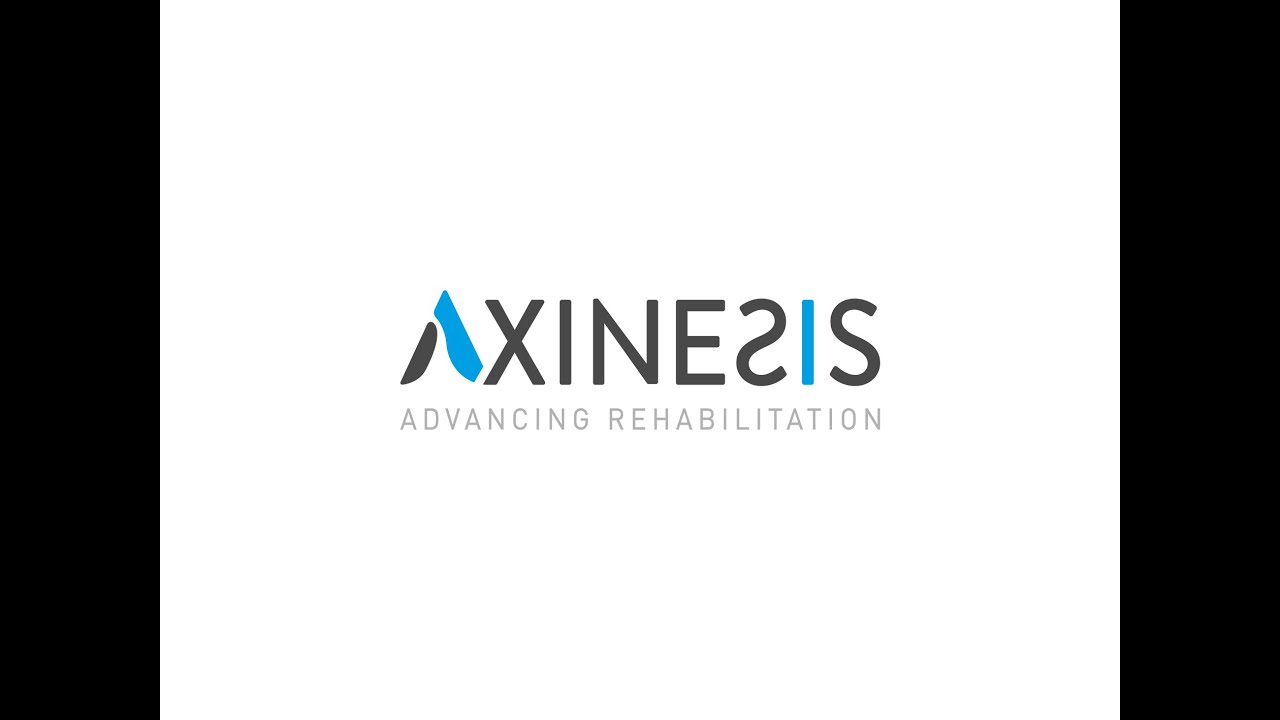FRITE@Home
The FRITE@Home project, a collaborative effort between Axinesis, Arsalis, UCLouvain (MSL-IN lab), and HELHa, is dedicated to developing an advanced tele-rehabilitation solution combining REAtouch Lite and HABIT-ILE method. Arsalis contributes to the development and the integration of new Patient Reported Outcome Measures (PROMs) into the device to easily assess patients at home. This project is designed to help children with cerebral palsy and stroke adults during rehabilitation.
Evidence of HABIT-ILE method
The main objective of FRITE@Home is to extend the benefits of HABIT-ILE method at home or in decentralized care facilities. HABIT-ILE represents an intensive and functional rehabilitation approach that enhances the functional capabilities of individuals with brain injuries. The efficiency of HABIT-ILE interventions has been demonstrated in several randomized controlled trials carried out in children with cerebral palsy with bilateral or unilateral damage [1, 2]. These studies have shown that children who took part in a 2-week HABIT-ILE camp significantly improved their upper limb and lower limb functionality in activities of daily living. Upper limbs and lower limbs were assessed using the ABILHAND-Kids and ABILOCO-Kids questionnaire (Figure 1).These PROMs have been developped by Arsalis in collaboration with UCLouvain.

Figure 1 : Mean (points) and standard deviations (vertical bars) illustrating the evolution of children with cerebral palsy in their ability to carry out activities of daily living with their upper limbs (AHA and Abilhand KIDS)e and with their lower limbs (6 MWT and Abiloco-Kids)4. The grey lines represent the results for children who were assessed following a HABIT-ILE camp followed by a conventional intervention, and vice versa for the dotted black lines.
References
- Bleyenheuft Y, Ebner-Karestinos D, Surana B, Paradis J, Sidiropoulos A, Renders A, Friel KM, Brandao M, Rameckers E, Gordon AM.
Intensive upper- and lower-extremity training for children with bilateral cerebral palsy: a quasi-randomized trial.
Dev Med Child Neurol. 2017 Jun;59(6):625-633. doi: 10.1111/dmcn.13379. Epub 2017 Jan 30. PMID: 28133725. - Bleyenheuft Y, Arnould C, Brandao MB, Bleyenheuft C, Gordon AM.
Hand and Arm Bimanual Intensive Therapy Including Lower Extremity (HABIT-ILE) in Children With Unilateral Spastic Cerebral Palsy: A Randomized Trial.
Neurorehabil Neural Repair. 2015 Aug;29(7):645-57. doi: 10.1177/1545968314562109. Epub 2014 Dec 19. PMID: 25527487. - Rosseli Z, Somville M, Ducoffre E, Arnould C, Bleyenheuft Y, Saussez G.
HABIT-ILE@home for children with bilateral cerebral palsy: a pilot study.
35th Annual Meeting European Academic of Childhood Disability Ljubljana Slovenia 2023. - Somville M, Rosseli Z, Ducoffre E, Arnould C, Bleyenheuft Y, Saussez G.
HABIT-ILE@home for children with cerebral palsy protocol of 2 randomised controlled trials.
35th Annual Meeting European Academic of Childhood Disability Ljubljana Slovenia 2023.


